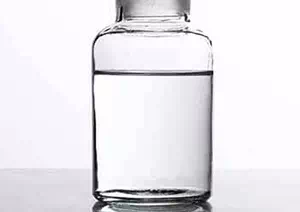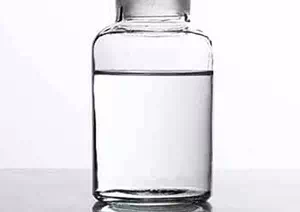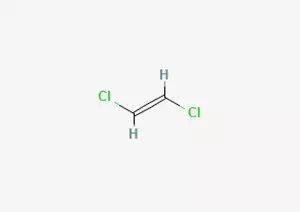All Categories



Trans-1,2-Dichloroethylene CAS 156-60-5, Trans-1,2-Dichloroethylene, CAS 156-60-5
Chemical Name: Trans-1, 2-dichloroethylene (also known as E-1, 2-dichloroethylene, trans-dichloroacetylene)
CAS : 156-60-5
Formula : C2H2Cl2
Mol. wt. : 96.94
EINECS : 205-860-2
| CAS | 156-60-5 |
| Molecular formula | C2H2Cl2 |
| Molecular weight | 96.94 |
| EIENCS | 205-860-2 |
| Form | Liquid |
| Melting point | −57°C |
| boling point | 48-60°C |
| Density | 1.257 g/mL at 25°C |
| Solubility | Slightly soluble in water (0.63g /L); It is readily soluble in ethanol, ether, benzene and acetone |
| PKA | / |
| Color | Clear colorless |
| Storage temp |
Trans-1, 2-dichloroethylene (CAS 156-60-5) as a highly active halogenated solvent, its core value lies in:
Industrial performance: Irreplaceable in the field of electronic cleaning (low conductivity, highly efficient degreasing);
Synthetic criticality: An important raw material for pesticide and fragrance intermediates;
Safety challenge
Flammable and explosive (flash point < 7℃), requires explosion-proof equipment and inert gas protection;
Highly toxic decomposition products (phosgene, HCl). Strict wearing of gas masks is required during operation.
Process trend: Catalytic dechlorination of mixed chlorinated hydrocarbons dominates (cost reduction by 30%, environmental friendliness improved);
Chemical Name: Trans-1, 2-dichloroethylene (also known as E-1, 2-dichloroethylene, trans-dichloroacetylene)
Molecular formula: C₂H₂Cl₂
Molecular weight: 96.94 g/mol
CAS Number: 156-60-5
EINECS number: 205-860-2
Structural formula: ClHC=CHCl (trans configuration)
Appearance: Colorless and transparent liquid with a pungent odor similar to chloroform
Industrial solvent
Electronic cleaner: Efficiently removes solder slag and grease from integrated circuits (IC) and printed circuit boards (PCB) due to its low electrical conductivity (does not damage components).
Degreaser: Dissolves fats, phenols, camphor and high molecular materials (such as thermoplastic plastics).
Chemical intermediates
Pesticide synthesis: Raw materials used for the preparation of insecticides and herbicides.
Spices and Dyes: Involved in the synthesis of high-value spices and azo dyes.
Analytical reagent: Used as an extractant in water quality testing.
Health risk
Acute toxicity
Oral administration of LD₅₀ = 1235 mg/kg in rats; Inhaling high-concentration vapors can cause nausea and coma, and extremely high doses can be fatal.
Carcinogenicity: IARC classifies it as a Group 2B carcinogen (possibly carcinogenic to humans).
Exposure hazard
Burns caused by skin contact; Corneal damage caused by eye contact; Long-term inhalation can damage the liver, lungs and heart.
Environmental risk: Toxic to aquatic organisms, persistent pollution of soil and water bodies.
Operating Specifications
Protective equipment: Gas mask (≥50 ppm), fluorine-resistant rubber gloves, goggles, anti-static clothing.
Storage requirements
Cool and well-ventilated (≤30℃), light-proof and sealed, protected by inert gas (nitrogen).
Prohibited materials: copper, zinc, aluminum and their alloys (explosion-proof).
Leakage treatment: After adsorption by sand and soil, incinerate. Do not use water for flushing (heat release increases the risk).
Occupational limit: OSHA TWA 200 ppm (790 mg/m³).
* Prompt reply and 24 hours online, professional team to provide best price and high quality product.
* Sample testing support.
* Every batch of products will be tested to ensureits quality.
*The packing also can be according the customers` requirment.
*Any inquiries will be replied within 24 hours.
*we provide Commerical Invoice, Packing List, Bill of loading, COA , Health certificate and Origin certificate. If your markets have any special requirements, let us know.